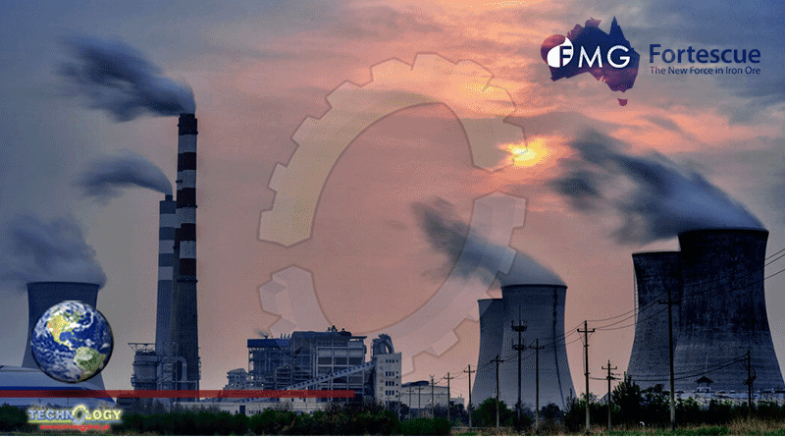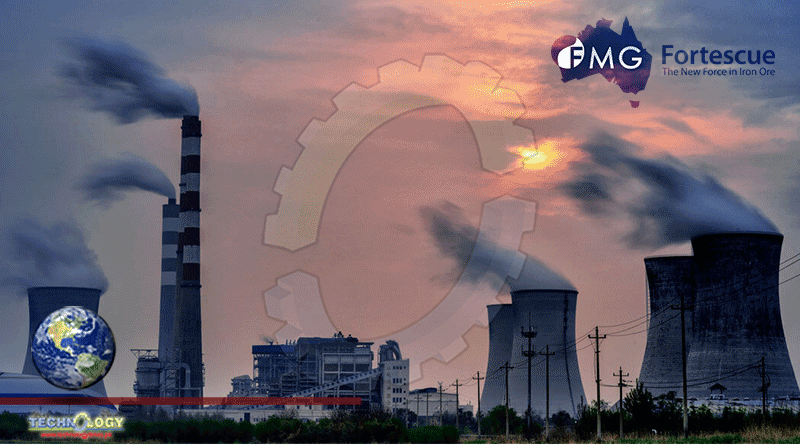Based on the preliminary estimates of the pilot facility at SBC, an investment into a 2,000-hectare commercial plant can produce up to 140,000 tonnes of algae biomass annually.

The state’s first industrial microalgae carbon capture facility was officially opened today by Premier Tan Sri Abang Johari Openg, who hailed it as an important step towards Sarawak developing a sustainable green economy.
The carbon capture facility, according to him, will serve as the cornerstone of a new green initiative that will benefit the populace, generate new employment opportunities, and expand the economy.
The facility, which is situated on a five-hectare site in Sejingkat, Bako, close by, will show how flue gas from the Sejingkat coal-powered plant can be used to increase the production of algae on an industrial scale, according to Abang Johari.
Based on the preliminary estimates of the pilot facility at Sarawak Biodiversity Centre (SBC), an investment into a 2,000-hectare commercial plant can produce up to 140,000 tonnes of algae biomass annually.
“The algae biomass can be translated into high-quality products such as food and feed, paints, cosmetics, pharmaceutical ingredients, and most importantly — sustainable aviation fuel (SAF), which is expected to surpass a huge market value of US$250 billion by 2030.”
The site, he continued, will eventually be expanded to 2,000 hectares in order to produce algae biomass, making it one of the largest, if not the largest, in the entire world.
According to some research, a five-hectare site can produce 350 tonnes of algae biomass annually, which can then be processed into 87 tonnes of lipid that can produce about 45 tonnes of SAF, depending on the technology employed.
Additionally, 192 tonnes of protein and 52 tonnes of carbohydrates can be produced from this amount of biomass, according to Abang Johari. Additionally, it has been suggested that some microalgae possess anti-cancer qualities that are crucial in the treatment of cancerous cells in tumours.
The premier asserted that microalgae have enormous potential for use in food production, therapeutics, and the production of sustainable fuel for the aviation industry.
He continued by saying that the sale of the lipids, proteins, and carbohydrates that make up biomass has the potential to produce an annual economic value of RM2 billion to RM3 billion.
He said that the five-hectare site will serve as a good starting point for carbon management in a circular economy while the state government collects data to improve the technology, scale it up to 100 hectares, and eventually expands it to 2,000 hectares if it is commercially viable.
Additionally, he added, “With a 2,000-hectare facility, we can generate up to 5,000 new job opportunities and remove roughly 200,000 tonnes of carbon from the atmosphere each year.”
Sarawak Energy Berhad (SEB), the primary contractor for the microalgae research project, and the Sarawak Biodiversity Center are the project’s leaders. The microalgae project will begin in 2020.
The New Energy and Industrial Technology Development Organization (NEDO) is the project’s sole funder, and the Japan Ministry of Economy, Trade, and Industry (METI) is in charge of its administration.
